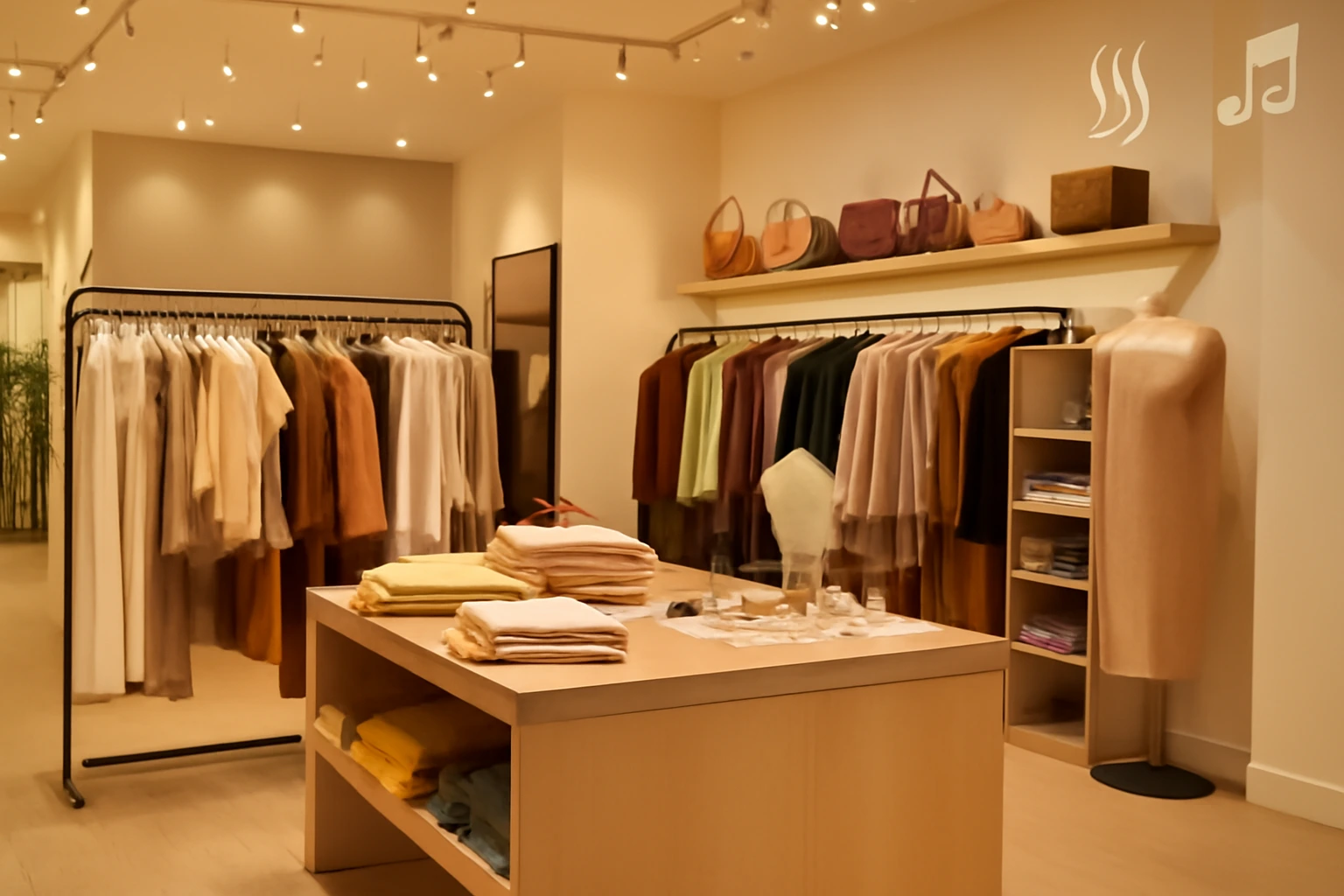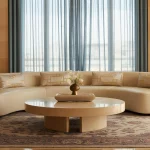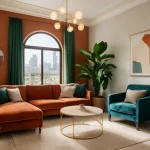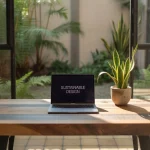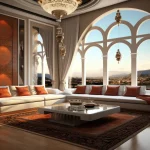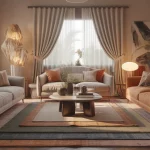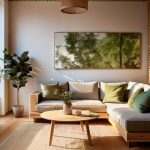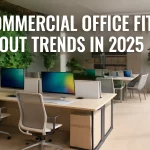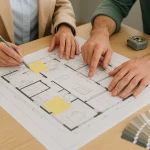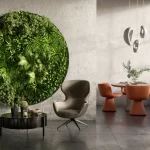What is the Psychology of Retail Design?
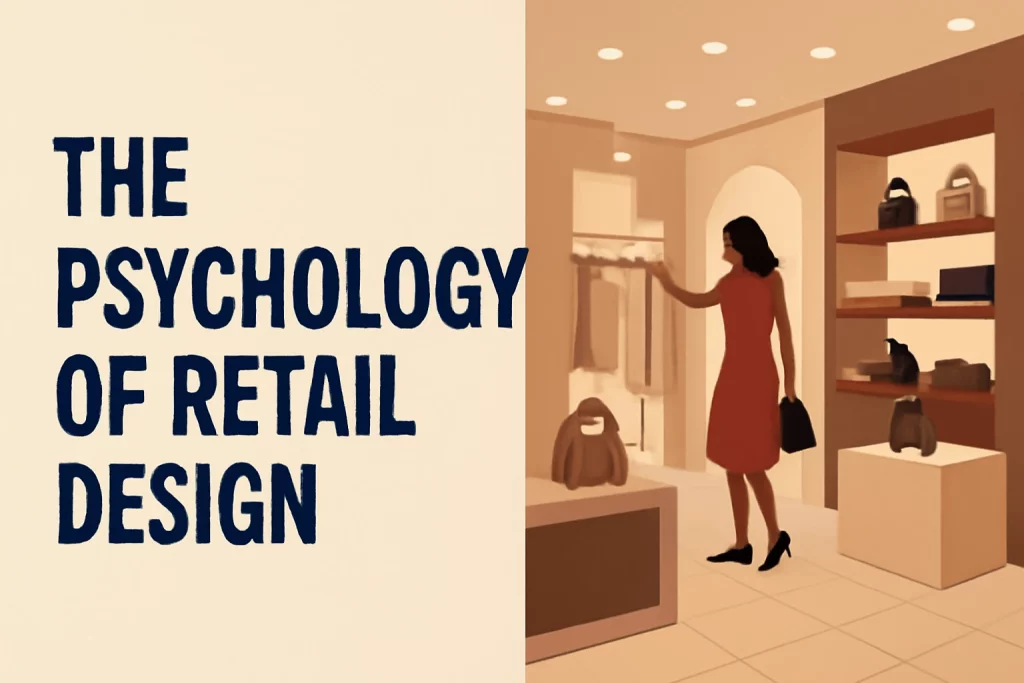
At some point in our lives, haven’t we all walked inside a store and felt like we belonged in there? With each and every product placed perfectly and stacked neatly, right down to the ambient lighting and gorgeously designed walkway – doesn’t it feel like everything is in place for YOU? Sure, it feels like magic…but it’s not – it’s a carefully planned strategy. Or, to put it in more relatable words for marketers, it’s the psychology of retail design.
What gorgeously-designed retail stores do is they implement subtle psychological tricks that act as a guide in your journey throughout the store. And the difference between great retail stores and average ones is retail interior design. Now, these tricks aren’t mere marketing gimmicks, they’re a carefully thought-out, choreographed retail experience, designed to nudge you in the right direction. The psychology of retail design is meant to influence your behavior.
But due to the advent of e-commerce shopping, designing a stylish, aesthetic and visually-appealing store layout has never been more crucial before. As the retention span of customers have gone down, owing to social media and e-commerce shopping experiences, designing a decent interior store design is the bare minimum.
However, according to this global survey, despite the growing trend of e-commerce shopping, consumers still love the experience of stepping into a retail store. There’s just something unique about the physical retail shopping experience.
So, how do all the leading stores pull the ultimate retail design off that boosts sales through interiors? Based on our experiences as the leading Dubai interior designers, and working with some of the best leading brands, here are the following areas we recommend focusing on:
The Decompression Zone
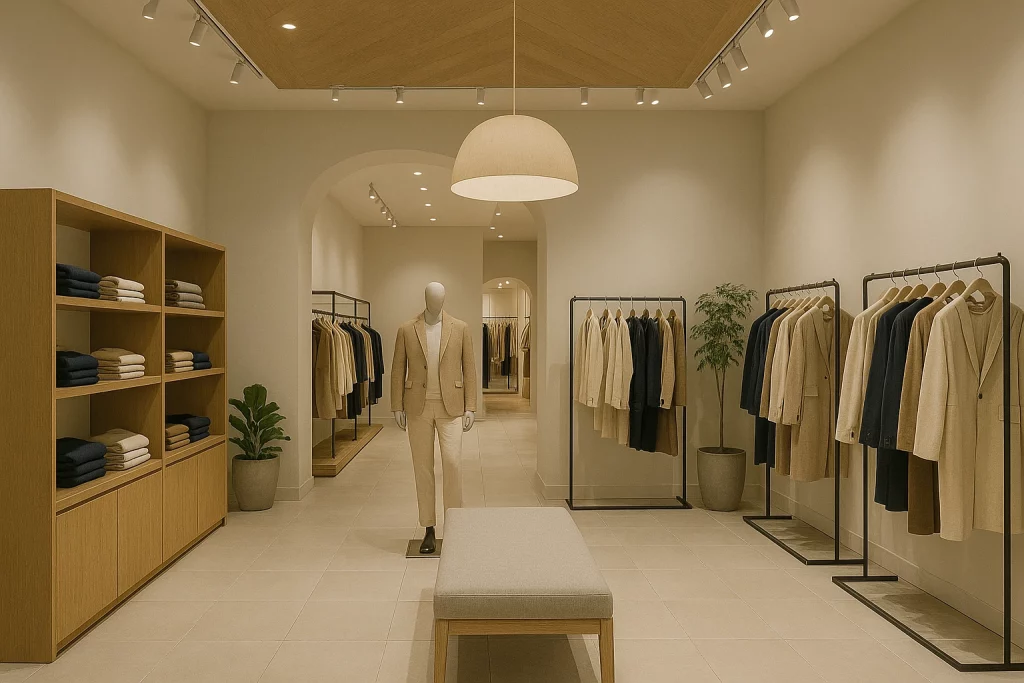
We’ve all heard the saying, ‘first impression is the last impression.’ Well, it couldn’t be any truer. First impressions are often the lasting impressions, especially when it comes to a retail store. This is the first place where the customer steps into, adjusts to surroundings and basically sets the tone for the journey.
If a retail store’s decompression zone is a mess – cluttered and claustrophobic, it can have a negative impact on your potential shopper, causing distress or distraction. And you don’t want to overwhelm your potential customer as soon as they step into your store, right? A nicely-designed retail store, on the other hand, will automatically invite shoppers into the place with their interior design aesthetic and an overall good vibe.
An ideal decompression zone should be open, neat and organized. Soft lighting, trending music tunes and a pleasant scent are the perfect ingredients for creating a welcoming atmosphere. This is a place where you don’t want to hammer the shopper with promotions and signage. This is where you subtly invite the shopper into the store by welcoming them pleasantly.
Sensory Welcome
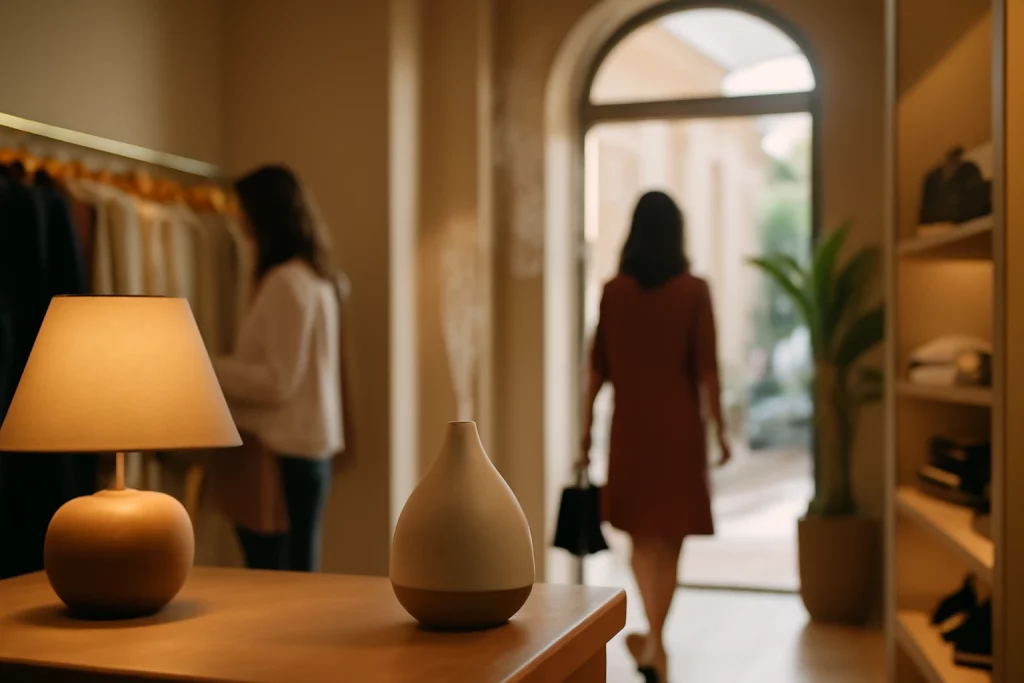
As far as retail store interior design ideas are concerned, this is your secret weapon, your best bet. Engage the senses of your potential shoppers as your retail store isn’t all about visual aesthetics, it’s also how your customers FEEL. Appealing to the senses of your customers can form their emotions and influence them into making buying decisions.
We brushed upon the soft lighting, music and scent above, but it’s time to dive into these three crucial factors in driving your sales in detail.
Lighting
This is the first thing you see, as a shopper, window shopping while wandering the mall or the streets. While outside, looking into the retail store, there’s a split second where the buyer makes the decision to walk past a certain retail store or step inside it and check out whatever is inside. Lighting can definitely influence the shopper and, in the end, play a vital role in shaping a customer’s decisions. Once inside the retail store, lighting sets the mood for the shopper’s journey. While bright lights have their own advantages, dimer lights actually work really well for a luxury item store as it drenches the entire store and its items in royalty.
Scent
This is the first thing our senses feel once we step inside a retail store, as shoppers. The scent immediately makes the shoppers’ decisions for them. See, scents that are pleasant and inviting, immediately create an emotional bond between the customer and the retail store. And pleasant scents inside a store shouldn’t be accidental, they should be on purpose. Every owner of a general store should ensure that pleasant scents are an integral part of a customer’s journey. Scents encourage a customer to linger on or extend their stay inside the store. But the trick is to ensure that the scent isn’t overwhelming to the senses and can strike an immediate chord with your brand identity and the customer.
Music
This is easily the most overlooked aspect of a shopping experience. Music – it is recognized as the rhythm of a shopper’s experience, influencing the behavior. Music that has quicker beats has seen influencing the shopper into making quick decisions. While music that is slow helps in relaxing the customers, allowing them the much-needed time to wander the store, experience every item before making decisions.
Using Colors in Retail Interior Design
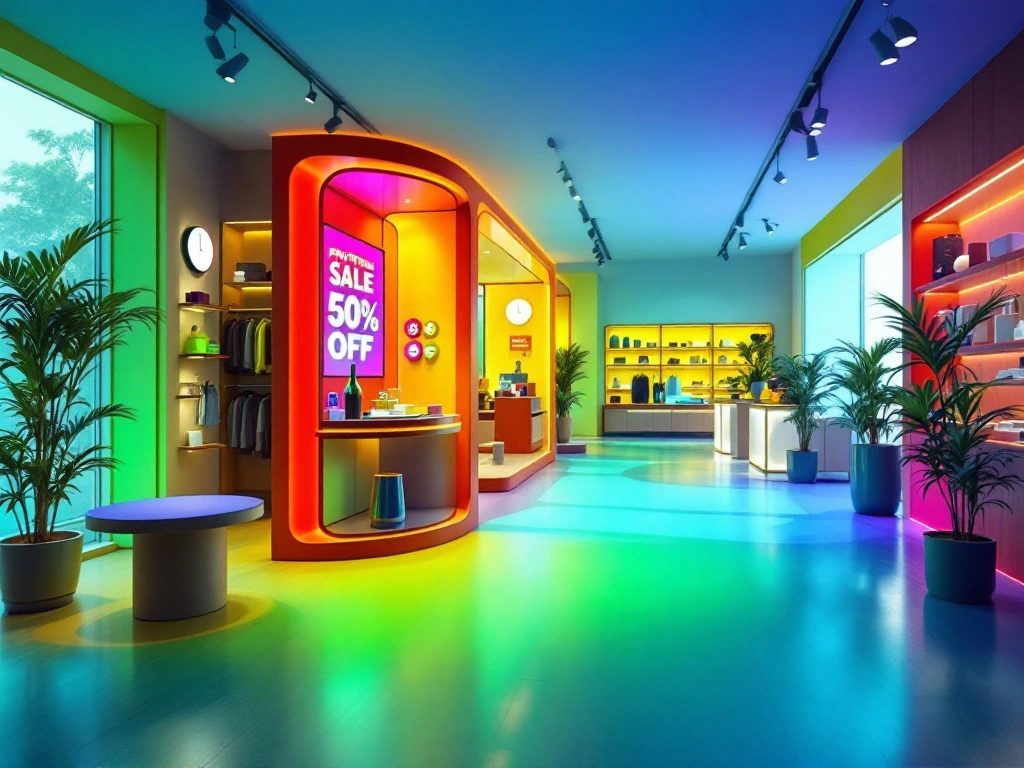
The psychology of retail design cannot be completed without the effect colors have on a shopper and their experience while inside a retail store. Using colors as the secret sauce behind your successful retail shopping experience is crucial. But knowing how colors impact and influence the shoppers’ emotions and decisions, is key. The second a customer steps inside a retail store is being guided, influenced and impacted by colors.
How? Let’s discuss in detail.
Red Attracts Attention
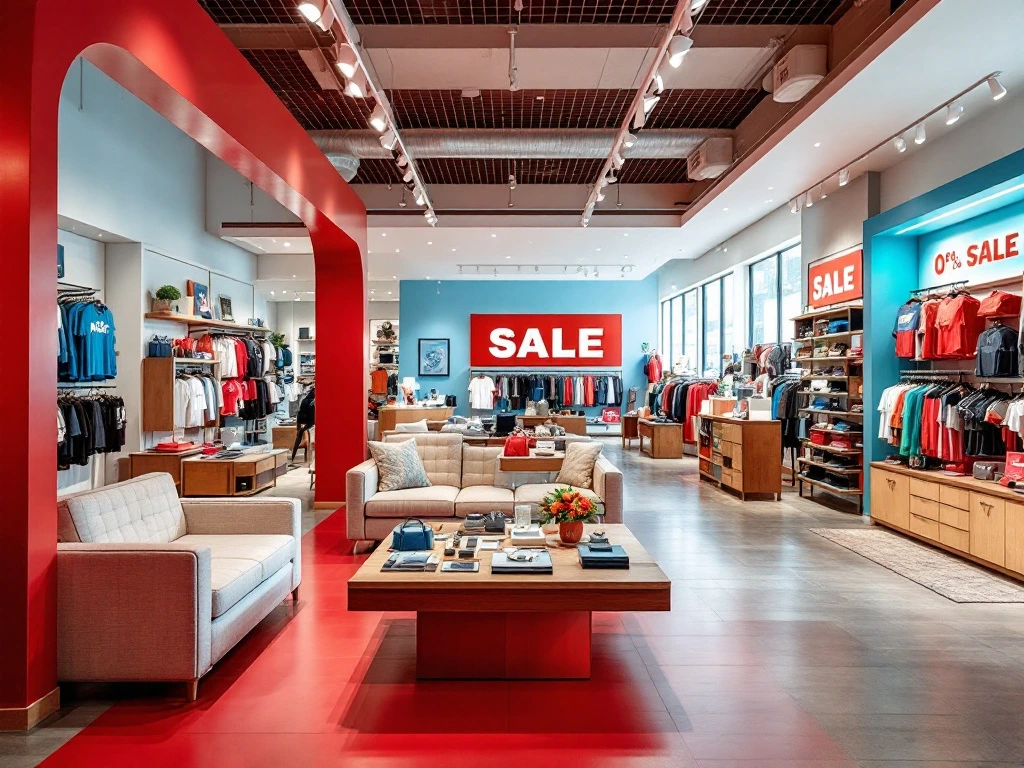
Many researches have shown that the color red grabs attention very quickly. It catches the eye like no other color. The color red is attached to powerful emotions that are hard to ignore, such as anger, hatred, passion, love, danger, warning etc. Perhaps that’s why the red light in a traffic signal is red as it warns the commuters to stop. Or the clearance sales signs outside a retail store when there’s a sale. Makes sense, doesn’t it?
Cooler Colors Evoke Calmness
Ever seen the cooler colors like blue or green (or a mixture of both) being the dominant color(s) at luxury, fashion or high-end retail stores? Well, they appeal to the calmness of our psychology and instill a bit of tranquility within us. Luxury or fashion brands have their retail stores covered with light colors to evoke a sense of luxury in their customers.
Colors Manipulate Space
A carefully planned interior store design will manipulate the space of its store layout via colors. As one of the leading commercial interior design Dubai, we know the importance of colors when it comes to expanding a smaller space by using lighter hues of a color. Ever seen how grocery marts or pharmacies use lighter colors or whites to communicate a sense of hygiene and expanse?
But if you want to create intimacy, an immediate bond with the customer, you must douse your retail store with darker tones. That’s what luxury brands do – ranging from jewelry to watches, clothing to sneakers – all use darker shades to communicate royalty and evoke exclusivity to the shopper.
Now, ever seen how sports apparel brands have their retail stores covered in bright colors? That’s because bright colors are effective in communicating a sense of energy and fun, which attracts youth. The same goes for toy stores.
Colors aren’t all just magic and tricks, there’s science behind this approach, a method to this madness. We hope you appreciate the psychology that drives the retail design business and impacts a business via sales. It’s crucial in today’s competitive world.

